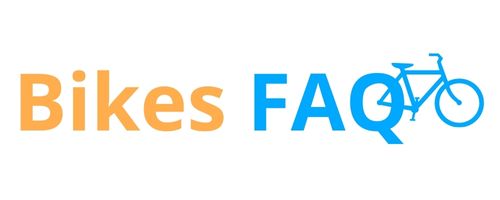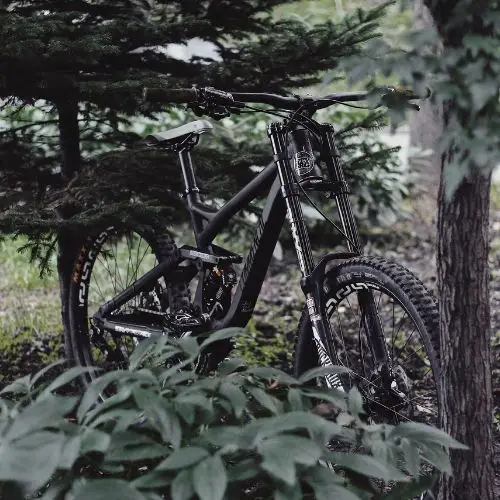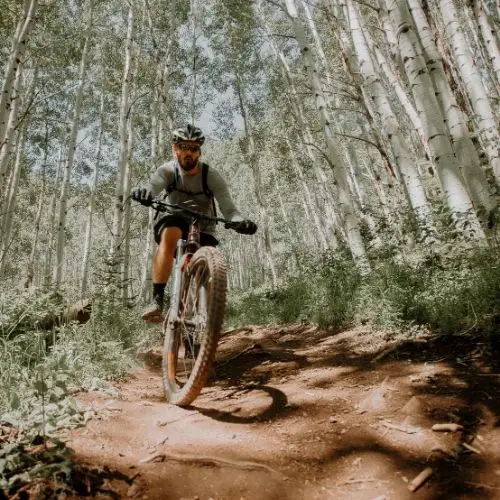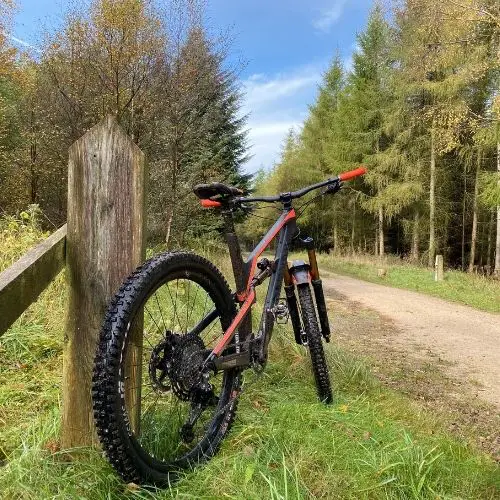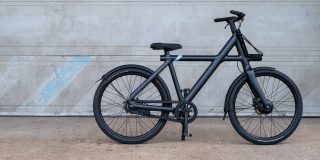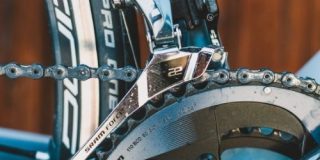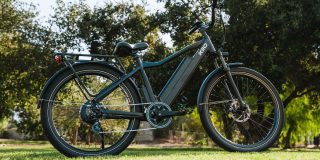When you start to look at the different options available to you when it comes to buying a mountain bike, it can be quite overwhelming. There are so many different variables to think about. But in this post, I will simplify it and give you the top 3 things to look for when buying a mountain bike.
1. The Right Bike For The Terrain

The first thing you need to consider is where you are going to ride your mountain bike. This is because, without proper consideration, you may buy a mountain bike that is completely wrong for the terrain and the type of riding you want to do.
Some questions to get you started:
- Is the terrain you ride rocky, technical, full of roots, or steep?
- Are there uplifts, or do you need to pedal everywhere?
- Are there lots of features such as jumps and drops?
It would be best if you chose a mountain bike suited to the majority of the riding you do and the terrain you will encounter. For example, if you spend most of your time riding single track and trails with mild rock gardens, a trail bike with short to mid suspension travel will be just fine.
This is much better than going overkill and buying a long-travel enduro bike built for riding big mountain terrain. In addition to this, a trail bike will be more fun and agile than a heavy enduro bike that has lots of suspension travel.
Tip: If you are unsure what your local terrain is like, head to the trails and check out what bikes people are riding. If most people are riding hardtail mountain bikes, you don’t need to go all out and spend loads of money on a full-suspension bike. You can also head to the trail’s nearest bike shop to see what they have in stock. Bike shops will usually sell bikes that are suitable for the local area.
2. Wheel Size
For adult mountain bikes, there are three main wheel sizes. Wheel sizes are definitely worth looking at, as they impact on how a bike handles. The three most common wheel sizes you will find are…
26” Wheels
The 26″ wheel an older mountain bike wheel size. These are being phased out in favor of larger wheel sizes. However, 26” wheels have the benefit of being great for riding around tight corners, as the smaller diameter allows you to change direction more easily.
But 26” wheels don’t ride over rocks and bumps as well as larger wheels. I would recommend staying away from 26” wheels these days, as it is becoming increasingly difficult to buy good tires for them.
27.5” Wheels
Also known as 650b, 27.5” wheels sit between 26″ and 29″. 27.5″ wheels offer more maneuverability than a 29″ wheel. They are also able to roll better than 26″ wheels on technical terrain. For many riders, 27.5” wheels hit the sweet spot between the three wheel sizes.
You will come across 27.5″+ wheels too. These are a wider version of the 27.5″ wheel, making the ride a bit more comfortable, but have more rolling resistance.
29” Wheels
This is the most recent wheel size in the mountain bike industry. The larger diameter helps the tire roll over rough terrain easier.
The drawback of 29″ wheels is that they make the bike harder to change direction quickly. These wheels are becoming more popular, and most riders new to 29” wheels get used to the size after a few rides. Also, taller riders prefer 29” wheels.
3. The price of the bike
Your budget will dictate what components you get on your bike and what the frame is made from. It is quite simple, really, the more you spend, the higher-end parts you will get. Also, more expensive bikes often come with carbon frames. Carbon makes a bike very light and robust, giving it more agile handling and making it easier to ride uphill.
To save money, you can go for a bike with an aluminum frame. Aluminum is strong and lightweight, but less expensive than carbon. The trade-off is that it is a bit heavier than the carbon fiber alternative.
In most cases, you will not need to buy a mountain bike with the highest specification. Components on top-end bikes perform exceptionally well but are an unnecessary luxury for most riders. To save some money, opt for a bike that is in the middle of the range. These still have excellent components, but the price of the bike shouldn’t break the bank.
What to look for when buying a used Mountain Bike
If budget is of concern to you, you may want to look into used mountain bikes. Used mountain bikes are considerably cheaper, and if they have been looked after properly, a great buy. When buying a used bike, you need to inspect it properly to check for damage and see if you will need to spend any money on it. This way, you will know if you need to walk away or if you have some bargaining power.
All this being said, you should buy the bike you can afford. A cheap mountain bike is better than no mountain bike at all. As long as you have fun, who cares if you haven’t got the fanciest components and a flashy carbon frame?
There will always be compromises, but doing some homework will allow you to choose the right mountain bike for your needs and budget.
By paying attention to the type of terrain you will be riding and sticking to a budget, you will be able to buy the right bike to have a serious amount of fun on the trails.
Frequently Asked Questions
A 29er refers to the wheel size of the mountain bike! A 29er can also be called a 29″ wheel size. This wheel size isn’t quite as maneuverable as its smaller counterparts, however it makes up for it with less rolling resistance, and higher speed capabilities.
This is completely up to each individual rider! A 27.5″ wheel size bike is a good in between if you are looking for something that is quick, yet easy to steer. That said it also is the master of none, making it a bad choice if you really want to specialize.
A 29″ wheel size bike, also known as a 29er is considerably faster than a 26″ wheeled bike. The larger diameter allows for more distance with each turn of the pedal, making it a much faster bicycle in longer distance rides.
Conclusion
Deciding what mountain bicycle you want to ride is important! If you decide on the wrong one it can stunt your enjoyment, and moving along in experience. It can even mean the difference between a daily ride and the bicycle staying in your garage permenantly.
